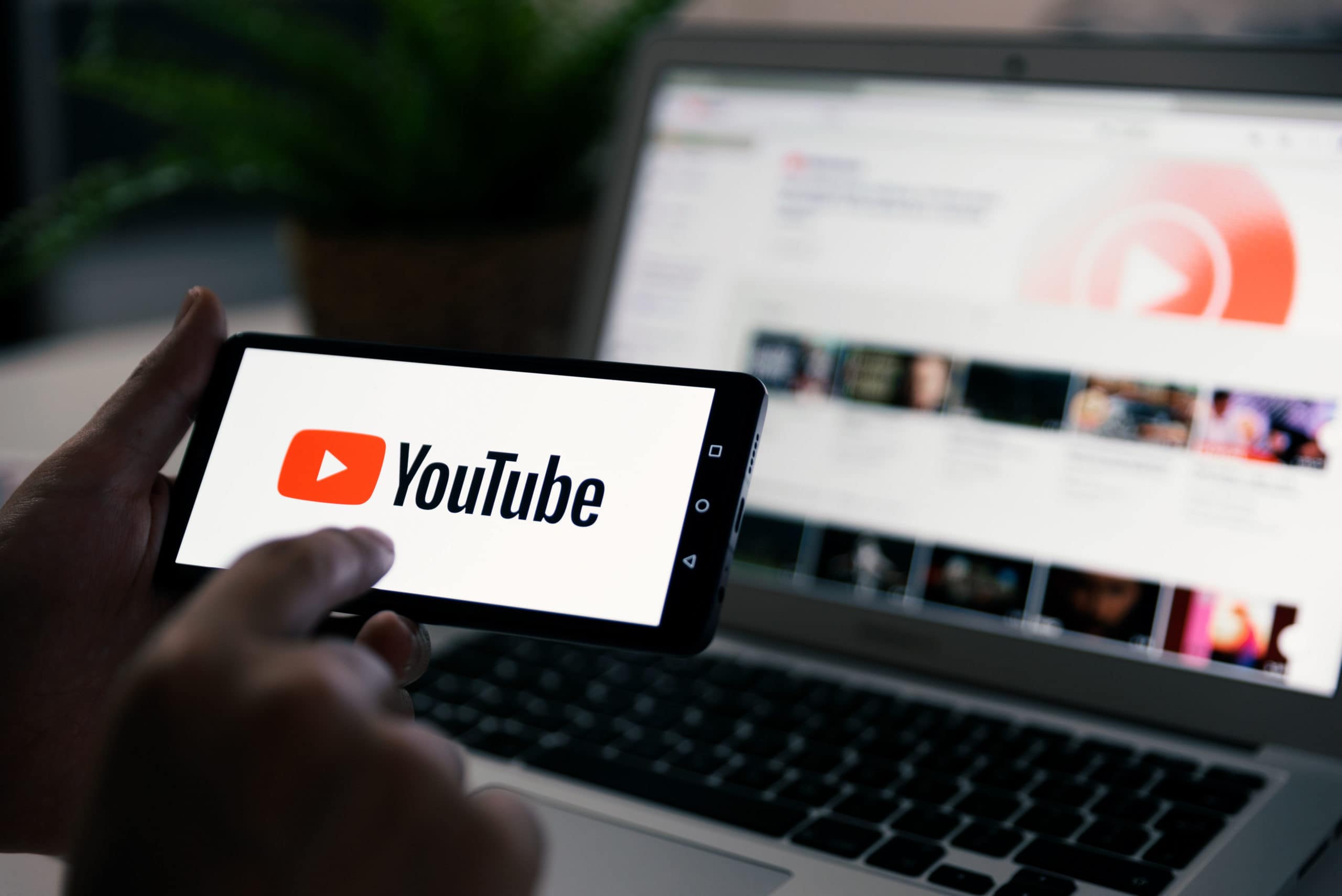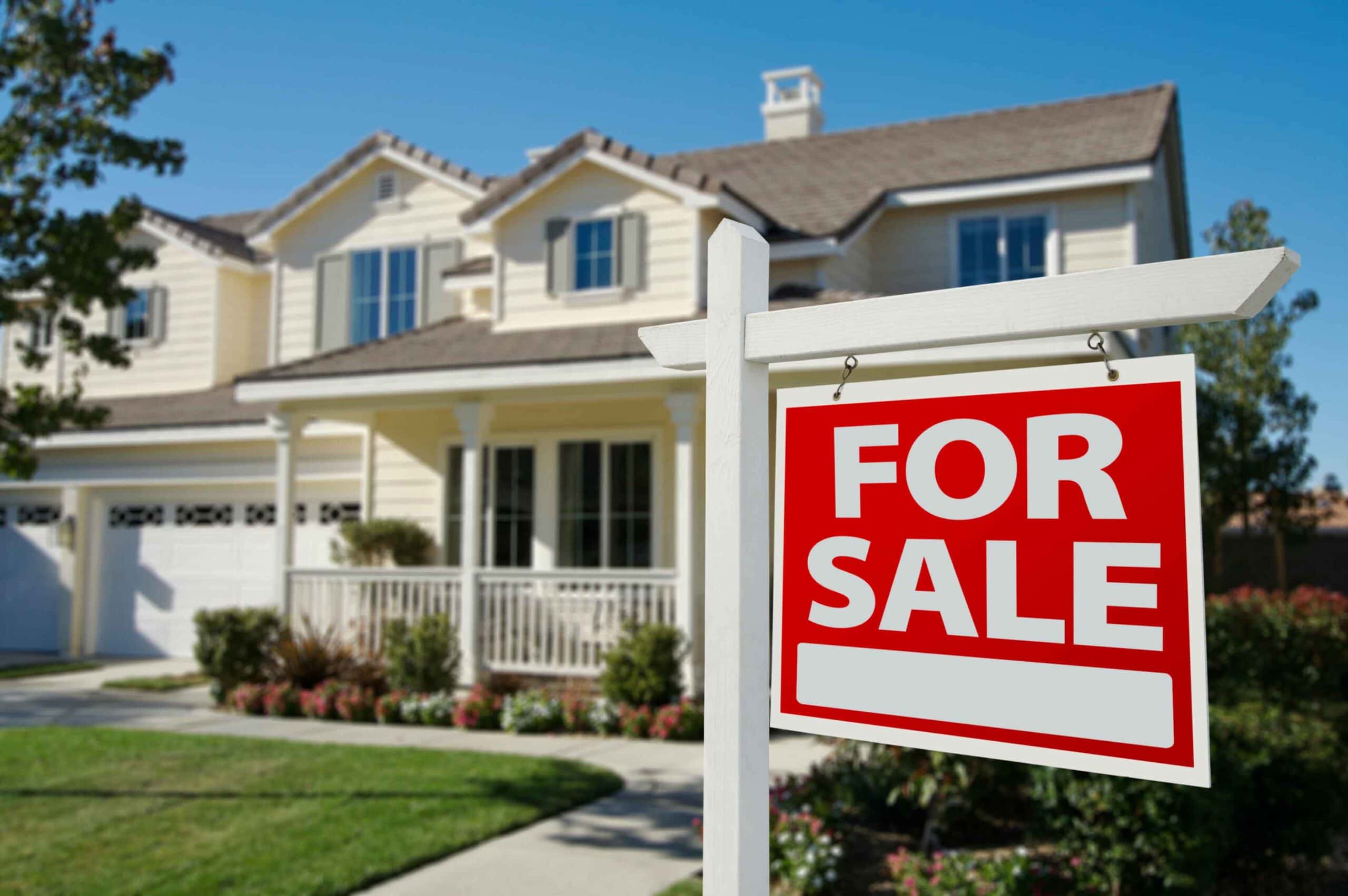Best Practices: YouTube for Real Estate
When you think of videos and video platforms, YouTube is probably one of the first to come to mind – and with good reason. Since launching in 2005, YouTube has become the dominant video platform, the second most popular social media platform, and now has more than 2.3 billion active monthly users. YouTube continues to thrive as an educational, creative, and entertainment platform, and it’s also the second largest search engine, after Google (who owns YouTube).
Incorporating YouTube videos into your digital marketing strategy is a great way to elevate your real estate brand. Because videos account for 82% of all online traffic, having a YouTube channel with strong content also helps boost your SEO for real estate.
Read on to learn how to use YouTube to grow your real estate business.
YouTube Basics for Real Estate
Before you create your first video on YouTube, be sure to create and optimize your YouTube channel. Include clear and consistent branding details on your channel like a header image with your logo, a link to your company website, a link to your other company social media platforms, and any other relevant contact information like a phone number or email address in the about section. We also recommend optimizing your channel description, effectively your “About Us” information to include your vision, mission, and service description (i.e. Who are you? What do you do? For whom? For what purpose? From where? and How do you do it?). This could be as simple as: “As a values driven residential real estate company based in Boston, Massachusetts, we empower our clients to spend more time doing the things they love by making it incredibly easy to buy or sell real estate with us.”
Another aspect to consider before starting to make and upload videos is the type of real estate video(s) you want to make. You can create a video about pretty much anything. Being intentional and focusing on specific types of video that will appeal to your target audience will make planning and implementation easier and will also lead to better engagement. Some examples of real estate videos to create include: how-to’s (ex. how to know whether your home is priced for the market), interviews with experts (ex. the top trends in smart home technology), customer stories, listing videos and property tours, agent spotlights, neighborhood tours, and local business highlights.
Whether you’ve been using YouTube for years to get your real estate videos in front of the people you want to see them or are just getting started with video marketing for real estate, read on to discover what you absolutely need to know about using YouTube for real estate. Consider many of these guidelines applicable to video marketing on other platforms as well, such as Facebook video. For more information, connect with us to discuss your specific needs and get personalized recommendations for your business.
8 Ways to Get Started with YouTube for Real Estate
- Include relevant keywords in the title. Including real estate, location specific, service oriented, and brand keywords in your video’s title entices people to click on and watch the video. Just like with any search engine, these keywords help ensure search engines can easily understand what your video it about and display it on search engine results pages (SERPs) for relevant searches. This is also a necessary step to being shown first on YouTube’s search results page when users are looking for specific videos. Begin with keyword research using your go-to keyword planning tool (such as Google’s Keyword Planner) or take a look at titles of similar YouTube videos if you don’t know where to start. If you’re posting a video series, be sure to create an encompassing title for the series, and then use a subtitle for each individual video to keep the series consistent and ensure subsequent videos benefit from the preceding videos’ views.
- Add call to action (CTA) cards. YouTube has a great feature where creators can add CTA cards in the videos at specified times. These cards can be placed throughout the video, matching up with topics discussed in your video, and will appear as a small slide-down on the right-hand side, lasting for a few moments. They can include links to another video, playlist, channel, or external website. Make sure to tailor links to what’s most relevant to the person watching the video and the place in the video in which the call to action is featured.
- Create captivating thumbnails. Aside from your video’s title, your video’s thumbnail image is one of the first elements that potential viewers see and what determines whether they click and watch the video. Thumbnails give your audience a sneak peek into what the video will be about and should be visually engaging and relevant to the content, though they don’t have to be an actual frame from the video. In fact, you can use your favorite image editing program to create a custom thumbnail and add text or images instead of selecting a frame from the video. Brand consistency is key. Check out this post for more on how to build your real estate brand online, including the importance of making a great first impression with your brand identity.
- Write a good description. Similar to with your YouTube video’s title, write a description that clearly describes what your video is about using relevant keywords and a strong call to action. The description box is also a great place to include any links to your real estate website, social media channels, resources, or if your video features a guest, their website and social media handle.
- Optimize for captions. Be sure to enable closed captions and subtitles for your videos to make your content more accessible to everyone. By enabling captions, you and your audience will also have access to a transcript of the video to make consuming the content easier. Plus, most videos are watched on our mobile phones and people often intentionally turn sound off, so enabling closed captions ensures your message is getting across with or without sound.
- Create playlists. Curating playlists of similar videos helps direct your audience to more of your YouTube content. YouTube auto-plays videos after a user is done watching, so as long as videos truly are similar (i.e. all listing videos, all spotlights of local businesses in the same area, all customer testimonials, etc.), creating playlists is a simple way to keep viewers on your channel and watching videos longer, the key to boosting SEO and attracting leads.
- Learn what works best for your audience. YouTube is owned by Google and because of that, YouTube is also one of the best platforms for leveraging analytics to learn more about your ideal customers. Spend time with your YouTube data and review different metrics like total views, traffic sources, and time spent watching each video, to inform your strategy. Doing so will give you insight into the videos that are working best so you can create more of them.
- Re-purpose and share. Once videos are uploaded and optimized using data, remember to share them across other channels and embed them in your real estate website to get them seen by even more people. Often, our clients talk about the significant resources required to develop and implement an effective YouTube marketing strategy for real estate. The key to maximizing the impact of your (or others’) efforts is to ensure you’re re-purposing your content, tweaking it slightly for different channels where it makes sense (i.e. uploading videos directly to Facebook as Facebook’s algorithm prefers native video over shared YouTube videos) and not re-creating the wheel every time you want to post something new. This is also where analytics are incredibly valuable as you can better understand your best performing evergreen content and build strategies around it. If your “How to Winterize Your Home” video does well, re-post it every year!
Want more information about creating an effective YouTube strategy for your real estate business? Let’s connect to discuss what makes sense for you.










